Gynecology Topics
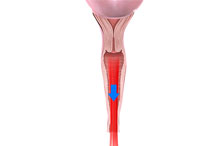
Abnormal Uterine Bleeding
Abnormal uterine bleeding is heavy or irregular menstrual bleeding, bleeding in between periods or with intercourse, or bleeding after menopause. Some causes of abnormal bleeding can be fibroids, polyps, contraception (IUDs and birth control pills), miscarriage, bleeding disorders, and some gynecologic cancers. There are many types of tests that can be done to identify the cause of abnormal bleeding. These can include hormone studies, cultures, imaging studies, or sampling of the endometrial lining, and these studies help your provider to direct treatment options. Treatment options can include medical therapies, Mirena IUD, and surgical procedures.
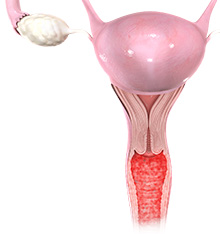
Vaginitis
Vaginitis is an inflammation of the vagina. Women normally have both bacteria and yeast in the vagina, and sometimes the balance can be thrown off by issues such as antibiotic use, hormone changes, and sexual intercourse. Symptoms of vaginitis can be discharge, odor, itching, or pain with intercourse. An exam by a physician may be required to determine the type of infection and the best option for treatment.
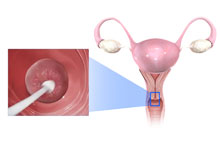
Cervical Cancer Screening and Abnormal Pap Smear Management
Cervical cancer screening should start at the age of 21 years, the pap test should then be done every 3-5 years for most women. Some women will require more frequent screening depending on their history. If you have an abnormal cervical cancer screening tests, then more testing may be required. The main cause of abnormal cervical cancer screening is infection with HPV. HPV May cause changes in the vaginal, vulva or cervical cells. It may also clear on it’s own and the pap smear may become normal again. Sometimes an office procedure called colposcopy may be needed to further evaluate an abnormal pap Smear. A colposcopy is an exam of the cervix using a magnifying device. Sometimes biopsies are needed to further evaluate abnormalities seen at the time of colposcopy. If the cellular changes are moderate or severe, then an excisional biopsy such as a LEEP or a cone biopsy may be necessary.
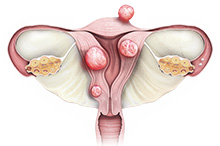
Uterine Fibroids
Uterine fibroids are common, benign (non-cancerous) growths that develop in the muscle of the uterus. They may also be called myomas or leiomyomas. The size shape and location can vary. Fibroids may cause no symptoms at all or they may cause problems such as abnormal menstrual bleeding or pelvic pain. Ultrasound is often done to diagnose fibroids. There may be no need for treatment but sometimes fibroids need medical or surgical treatment.

Menopause and Hormonal Replacement Therapy
Menopause is the time in life when a women’s ovaries stop making estrogen and menstruation stops. The average age at which this occurs is 51 years. Beginning in the several years leading up to menopause, hormonal fluctuations can cause menstrual changes, hot flashes, sleep disturbances, vaginal dryness and mood changes. Depending on the degree of menopausal symptoms, different medical treatment at be appropriate.
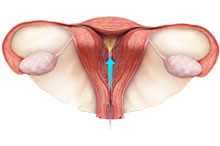
Hysteroscopy
Hysteroscopy is a procedure where a thin lighted telescope-like device with a camera attached to it is inserted into the uterus. It is used to further evaluate problems like abnormal bleeding, fibroids or endometrial polyps. Hysteroscopy can be done in the office or in an operating room setting. Sometimes polyps or fibroids can be removed during the hysteroscopy.

Nexplanon
Nexplanon is a long acting hormonal birth control implant. It is placed under the skin in the upper inner arm using a thin needle inserter. It provides 3 years of highly effective pregnancy prevention. It does not contain estrogen so it is an option for those who can’t use estrogen for their birth control. Side effects may include shorter or absent periods or spotting between periods. Nexplanon can be removed sooner than 3 years and it can be replaced every 3 years if desired.
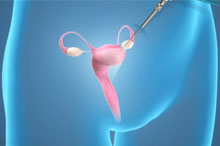
Laparoscopy
Laparoscopy is a type of surgery during which a camera is inserted into the abdomen through a small incision. If a procedure needs to be done, other instruments can be used through additional small incisions. Laparoscopic surgery typically allows one to heal faster with smaller scars, as compared to open surgery. Many procedures can be done by laparoscopy, and some examples are removal of ovarian lesions, sterilization, hysterectomy, and treatment of ectopic pregnancy.
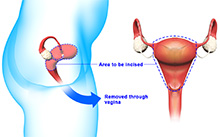
Hysterectomy
Hysterectomy is a surgical procedure to remove the uterus. This can be needed due to fibroids, abnormal bleeding, endometriosis, prolapse, chronic pain, or cancer. Sometimes the tubes and ovaries are removed at the same time. Hysterectomy can be performed through the vagina, through the abdomen, or by laparoscopy. There are many factors which determine whether hysterectomy should be done and by what method.

 Menu
Menu








